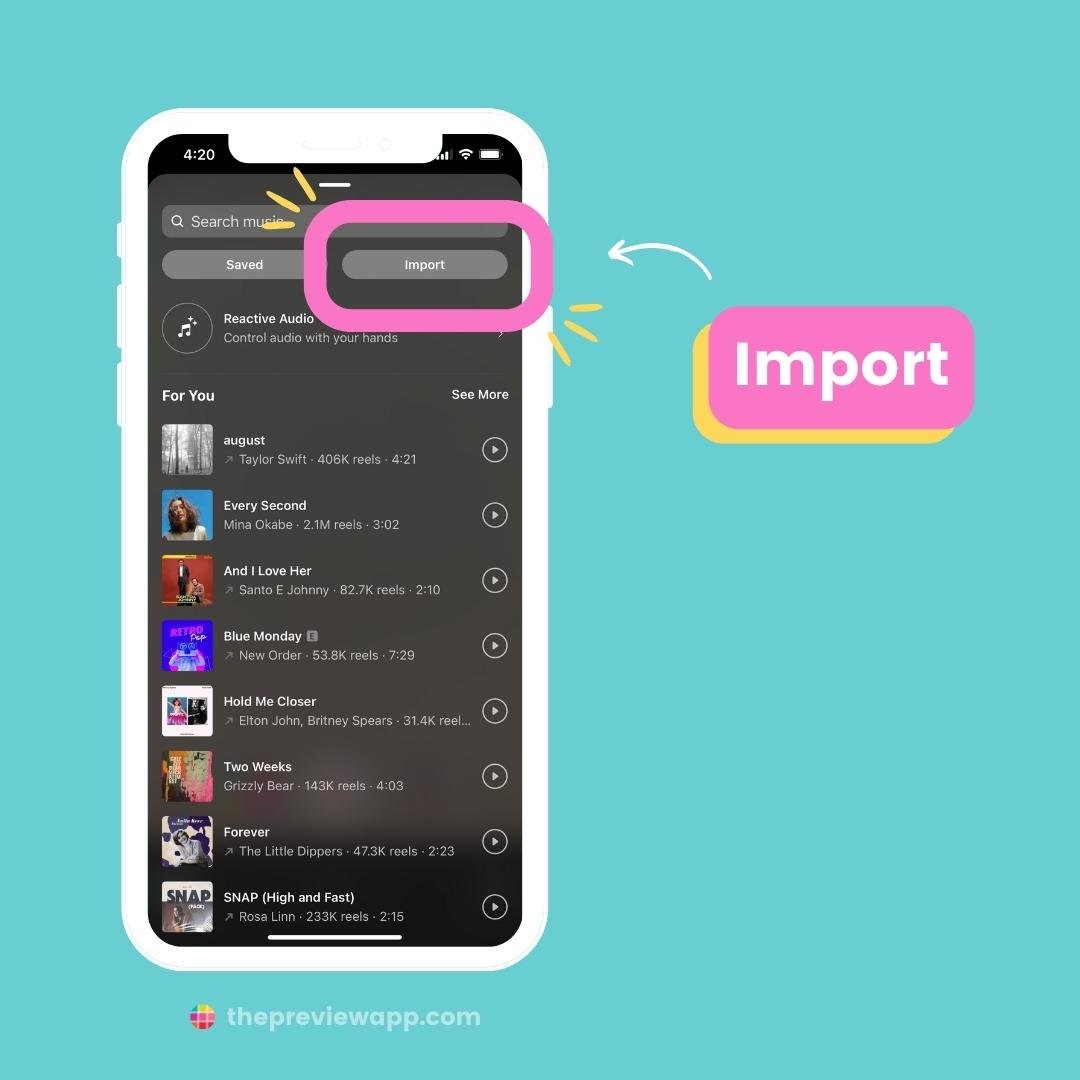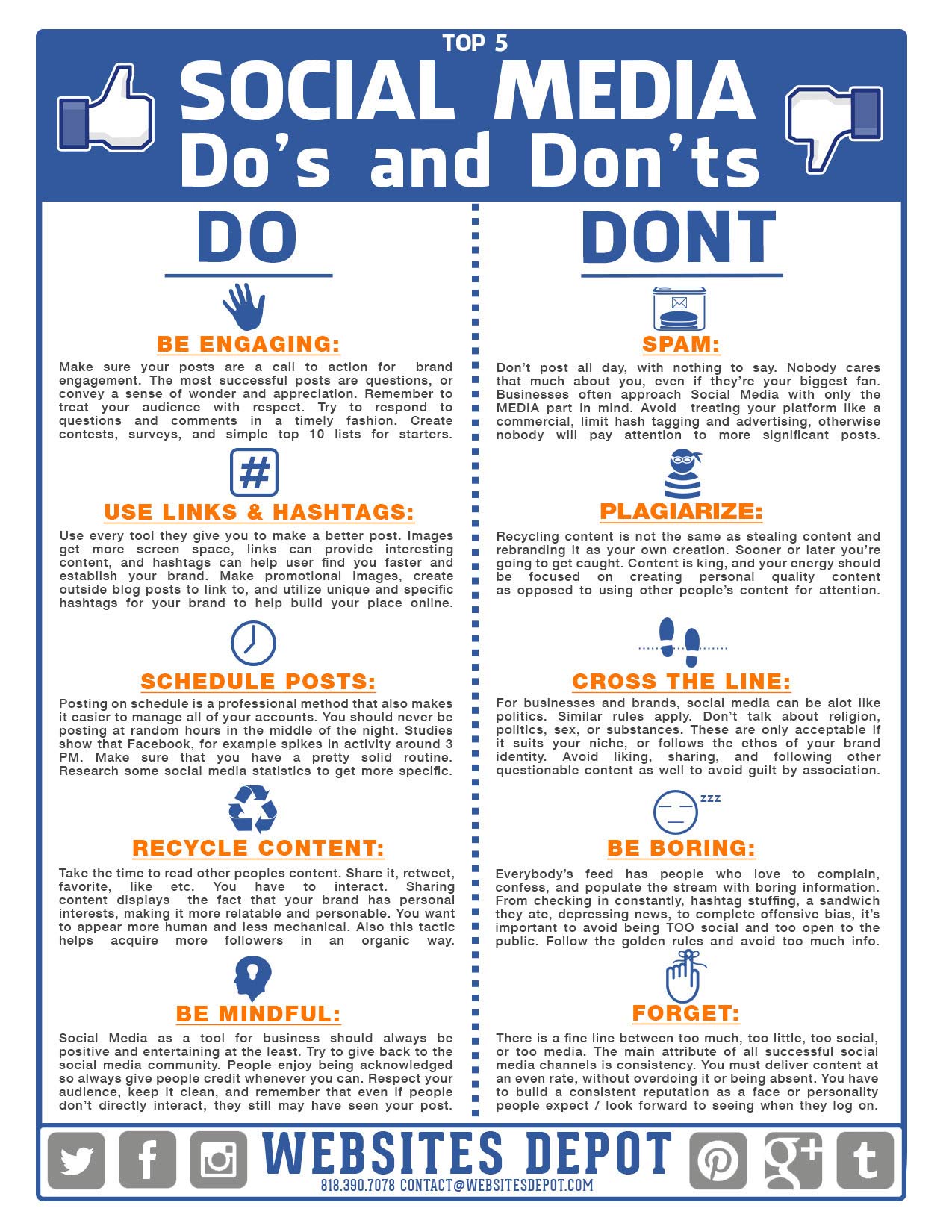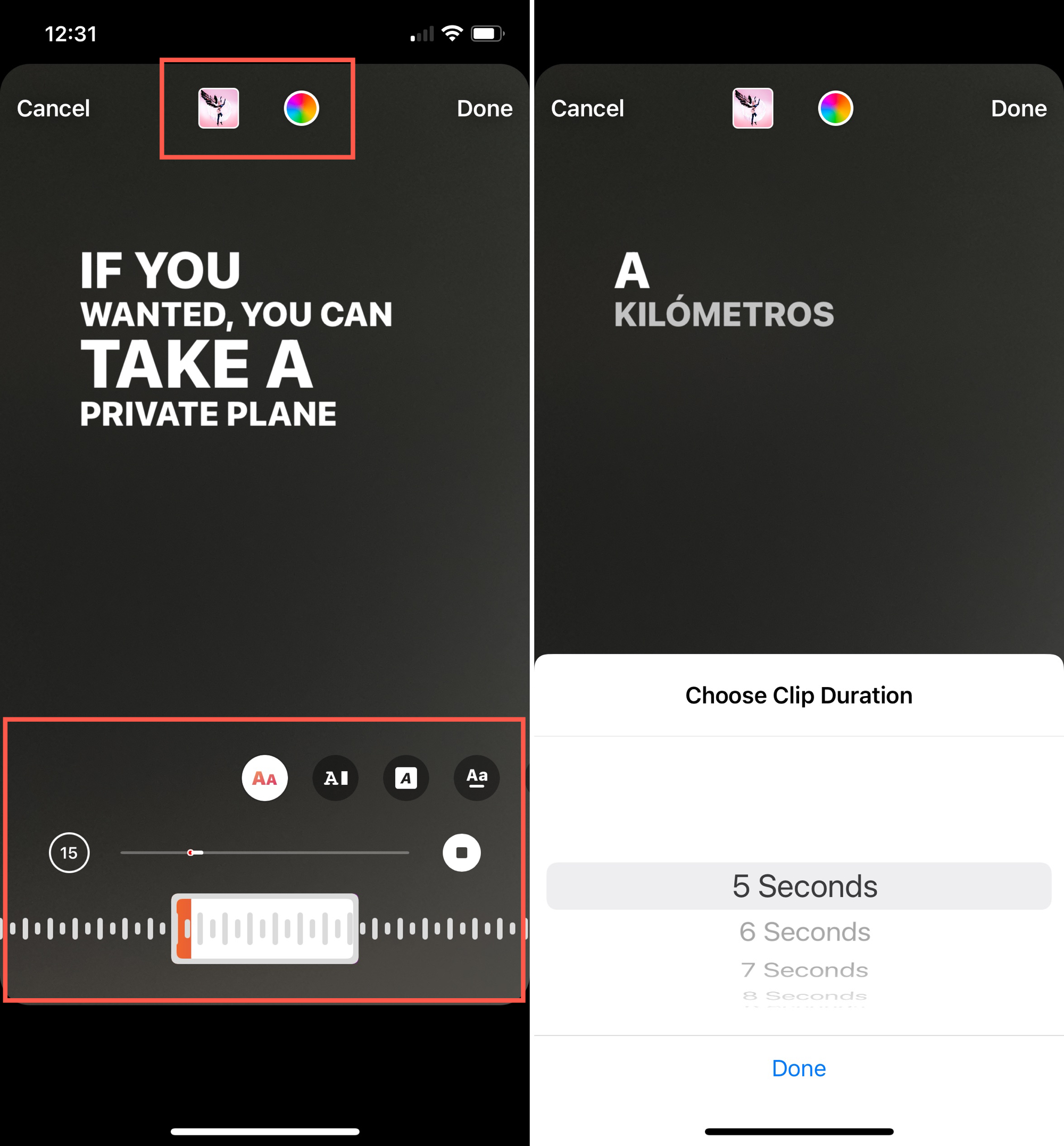Understanding Instagram’s Music Policy: What You Need to Know
When it comes to adding music to your Instagram posts, it’s essential to understand the platform’s music policy. Instagram has a vast music library that allows users to add songs to their posts, but there are some restrictions and guidelines to be aware of. For instance, Instagram only allows users to add music that is licensed for commercial use. This means that users cannot add copyrighted music without permission from the copyright holder.
Instagram’s music policy is designed to protect the rights of music creators and owners. The platform has partnered with various music companies to offer a vast library of licensed music that users can add to their posts. However, users must ensure that they only use music that is allowed under Instagram’s terms of service. Using copyrighted music without permission can result in the post being removed, and in some cases, the user’s account may be flagged.
So, what types of music are allowed on Instagram? The platform allows users to add music from its licensed library, which includes a wide range of genres and artists. Users can also add music from third-party apps, such as InShot and Adobe Spark, which offer licensed music tracks. However, users must ensure that they only use music that is licensed for commercial use and comply with Instagram’s terms of service.
It’s also worth noting that Instagram’s music policy applies to all types of posts, including feed posts, stories, reels, and IGTV. Users must ensure that they comply with the platform’s music policy, regardless of the type of post they are creating. By understanding Instagram’s music policy, users can avoid any potential issues and ensure that their posts are compliant with the platform’s terms of service.
How to Add Music to Your Instagram Posts: A Step-by-Step Tutorial
Adding music to your Instagram posts is a straightforward process that can be completed in a few steps. To get started, open the Instagram app and navigate to the post creation screen. Tap the “+” icon to start creating a new post, and then select the type of post you want to create, such as a feed post, story, or reel.
Once you’ve selected the type of post, tap the “Music” icon, which is represented by a musical note. This will take you to Instagram’s music library, where you can browse through a vast collection of songs and artists. You can search for specific songs or artists, or browse through the various genres and playlists.
When you’ve found a song you like, tap the “Add” button to add it to your post. You can then adjust the audio settings, such as the volume and duration, to fit your needs. You can also trim the song to fit the length of your post, or add multiple songs to create a playlist.
Once you’ve added music to your post, you can preview it to make sure everything sounds good. If you’re satisfied with the music, you can proceed to add other elements to your post, such as text, filters, and tags. When you’re ready, tap the “Share” button to post your content.
It’s worth noting that Instagram’s music feature is only available for posts that are 60 seconds or less. If you’re creating a longer post, you’ll need to use a third-party app to add music. Additionally, some songs may not be available due to copyright restrictions, so be sure to check the song’s availability before adding it to your post.
By following these steps, you can easily add music to your Instagram posts and enhance your content with a soundtrack. Whether you’re creating a feed post, story, or reel, music can help to make your content more engaging and memorable.
Using Instagram’s Built-in Music Features: A Closer Look
Instagram’s built-in music features make it easy to add music to your posts and stories. One of the most popular music features is the “Music” sticker, which allows you to add a song to your story or post with just a few taps. To use the “Music” sticker, simply open the Instagram app and navigate to the story or post creation screen. Tap the “+” icon to start creating a new story or post, and then select the “Music” sticker from the sticker tray.
Once you’ve selected the “Music” sticker, you can browse through Instagram’s music library and select a song to add to your post. You can search for specific songs or artists, or browse through the various genres and playlists. When you’ve found a song you like, tap the “Add” button to add it to your post.
Another popular music feature on Instagram is “Reels” with music. Reels are similar to TikTok videos and allow you to create short, engaging videos with music. To create a Reel with music, simply open the Instagram app and navigate to the Reels creation screen. Tap the “+” icon to start creating a new Reel, and then select the “Music” option from the menu.
Instagram also allows you to add music to your IGTV videos. IGTV is a feature that allows you to upload longer-form videos to Instagram, and adding music can help to make your videos more engaging and memorable. To add music to an IGTV video, simply open the Instagram app and navigate to the IGTV creation screen. Tap the “+” icon to start creating a new IGTV video, and then select the “Music” option from the menu.
By using Instagram’s built-in music features, you can easily add music to your posts and stories and make your content more engaging and memorable. Whether you’re creating a story, post, Reel, or IGTV video, music can help to enhance your content and make it more enjoyable for your audience.
Adding Music to Instagram Stories: Tips and Tricks
Instagram Stories are a great way to share behind-the-scenes content, sneak peeks, and exclusive deals with your audience. Adding music to your Instagram Stories can help to make them more engaging and memorable. Here are some tips and tricks for adding music to your Instagram Stories:
Use the “Music” sticker: The “Music” sticker is a great way to add music to your Instagram Stories. To use the “Music” sticker, simply open the Instagram app and navigate to the story creation screen. Tap the “+” icon to start creating a new story, and then select the “Music” sticker from the sticker tray.
Add music to Boomerangs: Boomerangs are a fun way to create short, looping videos that can be added to your Instagram Stories. To add music to a Boomerang, simply open the Instagram app and navigate to the Boomerang creation screen. Tap the “+” icon to start creating a new Boomerang, and then select the “Music” option from the menu.
Create music-driven Story highlights: Story highlights are a great way to showcase your best Instagram Stories and keep them visible on your profile for longer. To create music-driven Story highlights, simply open the Instagram app and navigate to the Story highlights creation screen. Tap the “+” icon to start creating a new Story highlight, and then select the “Music” option from the menu.
Use music to enhance your Story’s mood: Music can be used to enhance the mood of your Instagram Story and make it more engaging. For example, if you’re creating a Story about a new product launch, you could use upbeat music to create a sense of excitement and anticipation.
Experiment with different music genres: Don’t be afraid to experiment with different music genres to find the one that works best for your Instagram Story. For example, if you’re creating a Story about a fashion brand, you could use electronic dance music to create a sense of energy and style.
By following these tips and tricks, you can use music to make your Instagram Stories more engaging and memorable. Whether you’re creating a Story about a new product launch, a behind-the-scenes look, or a sneak peek, music can help to enhance the mood and make it more enjoyable for your audience.
Popular Music Apps for Instagram: Alternatives to Built-in Features
While Instagram’s built-in music features are convenient and easy to use, there are also many popular music apps that can be used to add music to Instagram posts. These apps offer a range of features and benefits that can enhance your Instagram content and make it more engaging for your audience.
InShot is a popular music app that allows users to add music to their Instagram posts and stories. The app offers a vast music library and a range of editing tools, including trim, split, and merge. InShot also allows users to add text, filters, and effects to their videos, making it a great option for those who want to create more complex and engaging content.
Adobe Spark is another popular music app that can be used to add music to Instagram posts. The app offers a range of templates and design tools, making it easy to create professional-looking content. Adobe Spark also allows users to add music to their videos, and offers a range of audio editing tools, including volume control and audio ducking.
PicsArt is a popular photo and video editing app that also offers a range of music features. The app allows users to add music to their Instagram posts and stories, and offers a range of editing tools, including trim, split, and merge. PicsArt also allows users to add text, filters, and effects to their videos, making it a great option for those who want to create more complex and engaging content.
When using music apps to add music to your Instagram posts, it’s essential to consider the benefits and drawbacks of each app. For example, some apps may offer more features and flexibility, but may also be more expensive or have more limitations. By considering your needs and goals, you can choose the best music app for your Instagram content and create more engaging and memorable posts.
By using music apps to add music to your Instagram posts, you can enhance your content and make it more engaging for your audience. Whether you’re creating a post, story, or reel, music can help to convey emotions, set the tone, and make your content more memorable.
Best Practices for Using Music in Instagram Posts: Dos and Don’ts
When it comes to using music in Instagram posts, there are several best practices to keep in mind. By following these dos and don’ts, you can ensure that your music-enhanced posts are engaging, effective, and compliant with Instagram’s music policy.
DO choose music that fits your brand’s tone and style. Music can help to convey your brand’s personality and values, so choose a song that aligns with your brand’s identity.
DO consider the length of your post. Instagram posts can be up to 60 seconds long, so choose a song that is long enough to accompany your post, but not so long that it becomes repetitive or annoying.
DO use music to enhance the mood of your post. Music can help to create a specific mood or atmosphere, so choose a song that fits the mood you want to create.
DON’T use copyrighted music without permission. Instagram has a strict music policy, and using copyrighted music without permission can result in your post being removed or your account being flagged.
DON’T overuse music. While music can be a powerful tool for enhancing your posts, overusing it can be annoying or distracting. Use music sparingly and only when it adds value to your post.
DON’T forget to check the audio quality. Make sure the audio quality of your music is good enough to be heard clearly on Instagram. You can adjust the audio settings to ensure that the music is loud enough and clear enough.
By following these best practices, you can use music to enhance your Instagram posts and make them more engaging and effective. Remember to always choose music that fits your brand’s tone and style, consider the length of your post, and use music to enhance the mood of your post.
Measuring the Impact of Music on Your Instagram Engagement
Once you’ve added music to your Instagram posts, it’s essential to measure the impact of music on your engagement. By tracking metrics such as likes, comments, and saves, you can determine whether music is enhancing your content and resonating with your audience.
One way to measure the impact of music on your Instagram engagement is to use Instagram Insights. Instagram Insights provides a range of metrics, including engagement rates, reach, and audience demographics. By analyzing these metrics, you can determine whether music is increasing engagement and reaching a wider audience.
Another way to measure the impact of music on your Instagram engagement is to track your metrics manually. You can use a spreadsheet to track your likes, comments, and saves over time, and compare the metrics for posts with music to those without music. This will give you a clear picture of whether music is enhancing your engagement and which types of music are most effective.
When measuring the impact of music on your Instagram engagement, it’s essential to consider the following metrics:
Likes: Track the number of likes on your posts with music compared to those without music.
Comments: Track the number of comments on your posts with music compared to those without music.
Saves: Track the number of saves on your posts with music compared to those without music.
Reach: Track the number of people who have viewed your posts with music compared to those without music.
By tracking these metrics, you can determine whether music is enhancing your engagement and adjust your music strategy accordingly. If you find that music is increasing engagement, you can continue to use music in your posts. If you find that music is not increasing engagement, you can try different types of music or adjust your music strategy.
Measuring the Impact of Music on Your Instagram Engagement
Measuring the impact of music on your Instagram engagement is crucial to understanding whether your music strategy is effective. By tracking metrics such as likes, comments, and saves, you can determine whether music is enhancing your engagement and adjust your music strategy accordingly.
One way to measure the impact of music on your Instagram engagement is to use Instagram Insights. Instagram Insights provides a range of metrics, including engagement rates, reach, and audience demographics. By analyzing these metrics, you can determine whether music is increasing engagement and reaching a wider audience.
Another way to measure the impact of music on your Instagram engagement is to track your metrics manually. You can use a spreadsheet to track your likes, comments, and saves over time, and compare the metrics for posts with music to those without music. This will give you a clear picture of whether music is enhancing your engagement and which types of music are most effective.
When measuring the impact of music on your Instagram engagement, it’s essential to consider the following metrics:
Likes: Track the number of likes on your posts with music compared to those without music.
Comments: Track the number of comments on your posts with music compared to those without music.
Saves: Track the number of saves on your posts with music compared to those without music.
Reach: Track the number of people who have viewed your posts with music compared to those without music.
By tracking these metrics, you can determine whether music is enhancing your engagement and adjust your music strategy accordingly. If you find that music is increasing engagement, you can continue to use music in your posts. If you find that music is not increasing engagement, you can try different types of music or adjust your music strategy.
Additionally, you can also use third-party analytics tools to track your Instagram engagement metrics. These tools can provide more detailed insights into your engagement metrics and help you to identify trends and patterns in your data.
By measuring the impact of music on your Instagram engagement, you can optimize your music strategy and create more effective content that resonates with your audience.







